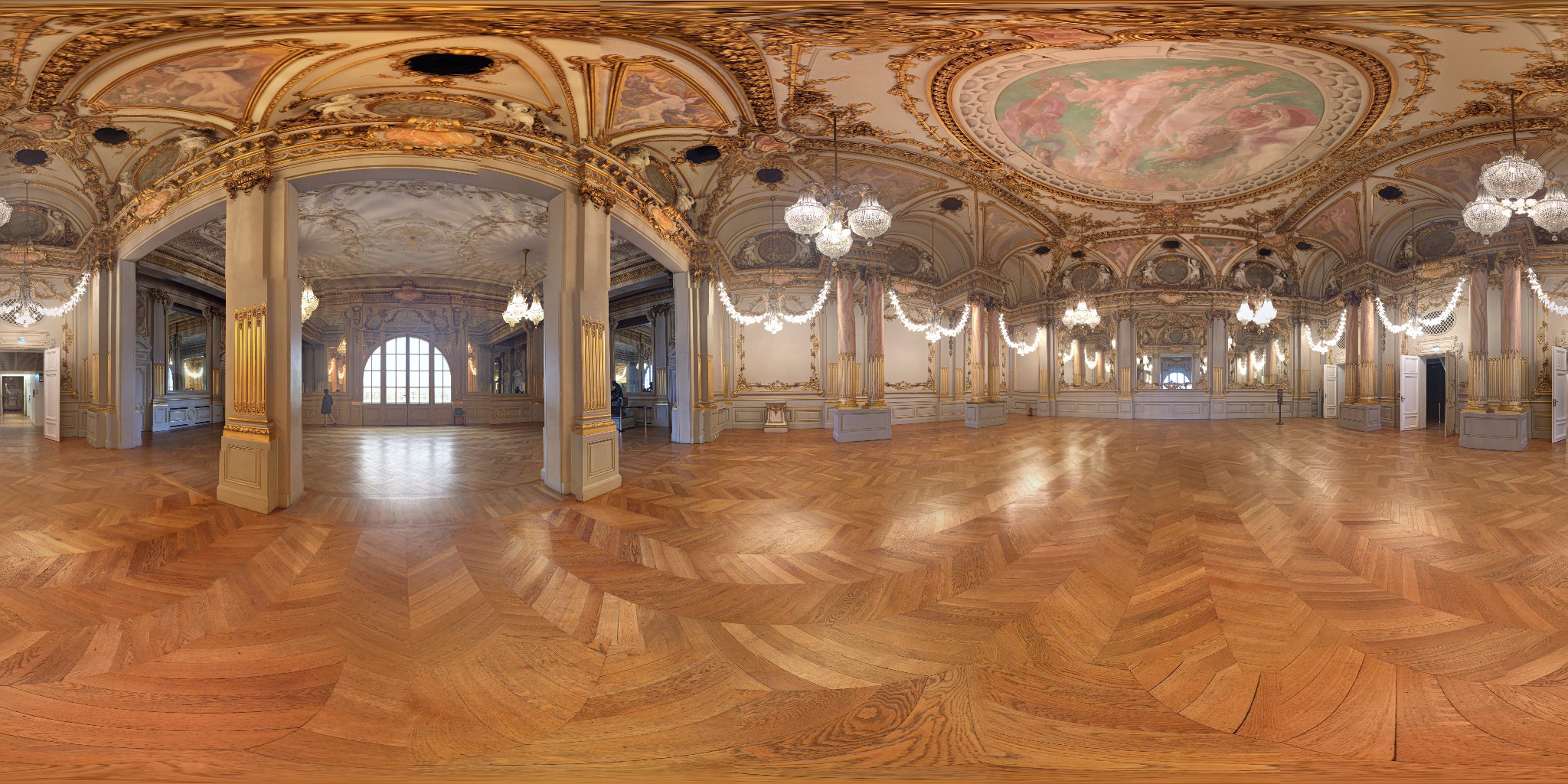VTW Panorama
Display spherical equirectangular, multi-level cube, and flat multi-resolution gigapixel images with the VTW panorama plugin.
Immersive Wonders: Exploring the World of Panorama 360° Images
In the ever-evolving landscape of digital media, Panorama 360° images have emerged as a revolutionary form of visual storytelling, allowing viewers to step into a fully immersive and interactive experience. This article delves into the fascinating world of Panorama 360° images, exploring their origins, technological underpinnings, creative applications, and the profound impact they've had on industries ranging from real estate to tourism.
The Genesis of Panorama 360° ImagingPanorama photography has roots dating back to the 19th century, but it's the advent of digital technology that catapulted it into new dimensions. The concept of capturing a full 360° view in a single image gained prominence with advancements in camera and software technologies. The shift from static panoramic images to dynamic 360° panoramas marked a turning point, providing users with an unprecedented level of interactivity and immersion.
Technological Marvels: How Panorama 360° Images are CapturedThe creation of a Panorama 360° image involves specialized equipment, commonly known as 360° cameras. These cameras use multiple lenses or a fisheye lens to capture a complete view of the surroundings. The images are then stitched together through sophisticated software to create a seamless, immersive panorama. Notable advancements in camera sensors, image stitching algorithms, and resolution capabilities have significantly enhanced the quality and realism of Panorama 360° images.
Applications Across IndustriesReal Estate:One of the earliest adopters of Panorama 360° images was the real estate industry. These immersive images allow potential buyers to virtually tour properties from the comfort of their homes, providing a comprehensive view of interiors, exteriors, and even surrounding neighborhoods.
Tourism and Hospitality:Panorama 360° images have become a game-changer for the tourism and hospitality sectors. Virtual tours of tourist destinations, hotels, and resorts offer potential visitors a taste of the experience, influencing travel decisions.
Education and Training:In the realm of education and training, Panorama 360° images are being leveraged to create immersive learning environments. From historical sites to simulated training scenarios, these images facilitate engaging and realistic educational experiences.
The Art of Immersive StorytellingBeyond their practical applications, Panorama 360° images are a medium for creative expression. Photographers and artists use this format to craft visually stunning and emotionally evocative narratives. The ability to capture not just a moment but an entire environment adds a layer of depth to storytelling, inviting viewers to explore and engage with the scene on a more personal level.
Challenges and Future TrendsWhile Panorama 360° images have opened new doors, challenges persist, such as the need for widespread compatibility and effective distribution channels. As technology continues to evolve, the future promises even more exciting developments. Enhanced interactivity, augmented reality (AR) integrations, and advancements in virtual reality (VR) are poised to take Panorama 360° imaging to unprecedented heights.
ConclusionPanorama 360° images have transcended traditional boundaries, offering a unique and captivating way to experience the world. From practical applications in real estate and tourism to the limitless possibilities for creative expression, these immersive images have become a cornerstone of modern visual communication. As technology marches forward, the journey into the immersive realm of Panorama 360° images is bound to be filled with ever more breathtaking vistas and compelling stories waiting to unfold.
Bridge in Bruges
Multi-resolution spherical cube format, contributed by George Palov.
Cube3 levels

Street artwork
Multi-resolution cube format.
Cube4 levels
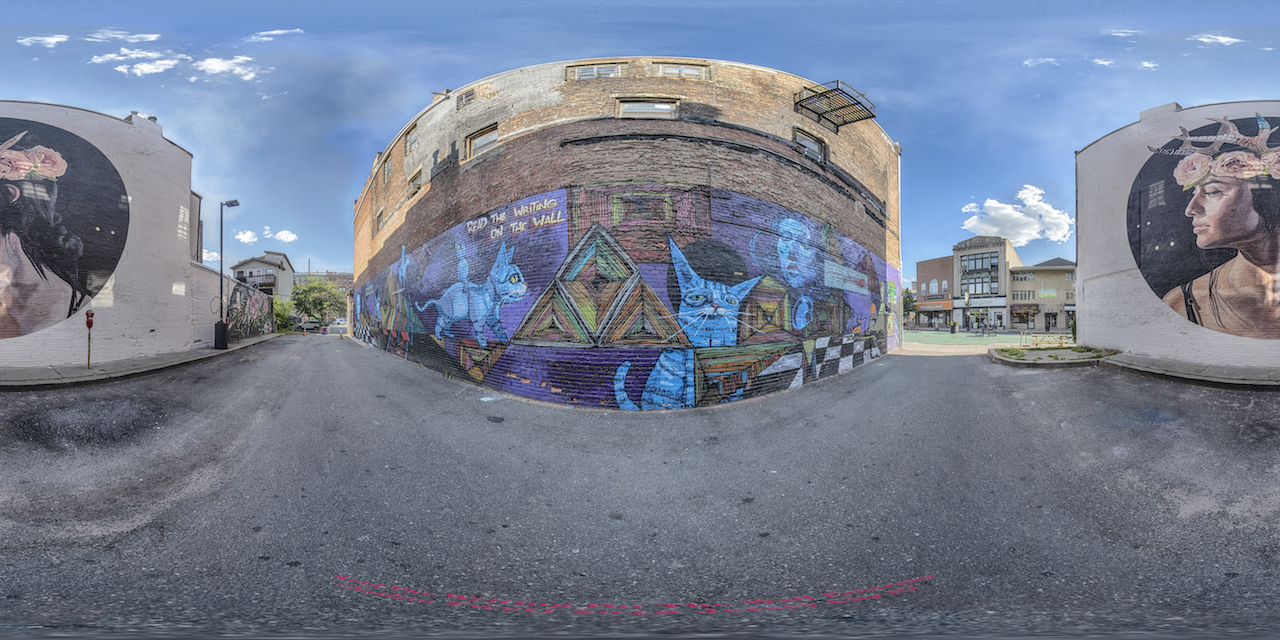
Salle des fêtes musée d'Orsay
Single-file equirectangular format.
Equirectangular8192 px4.6 mb
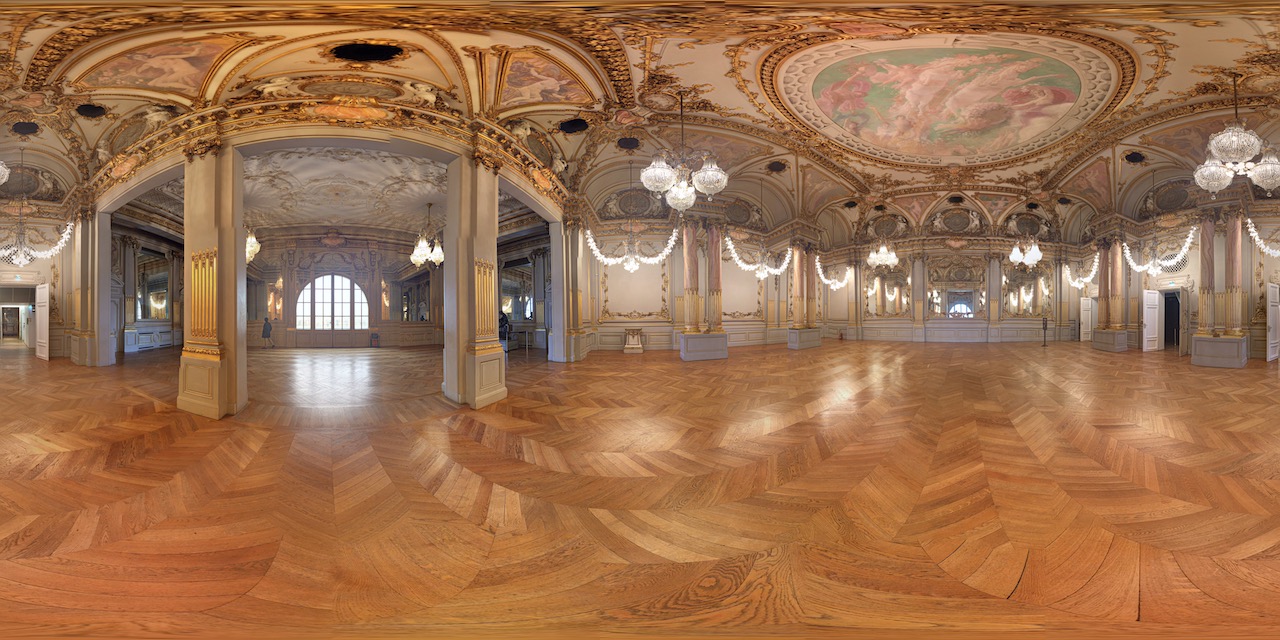
Hamburgerjung
Multi-resolution cube format.
Cube3 levels
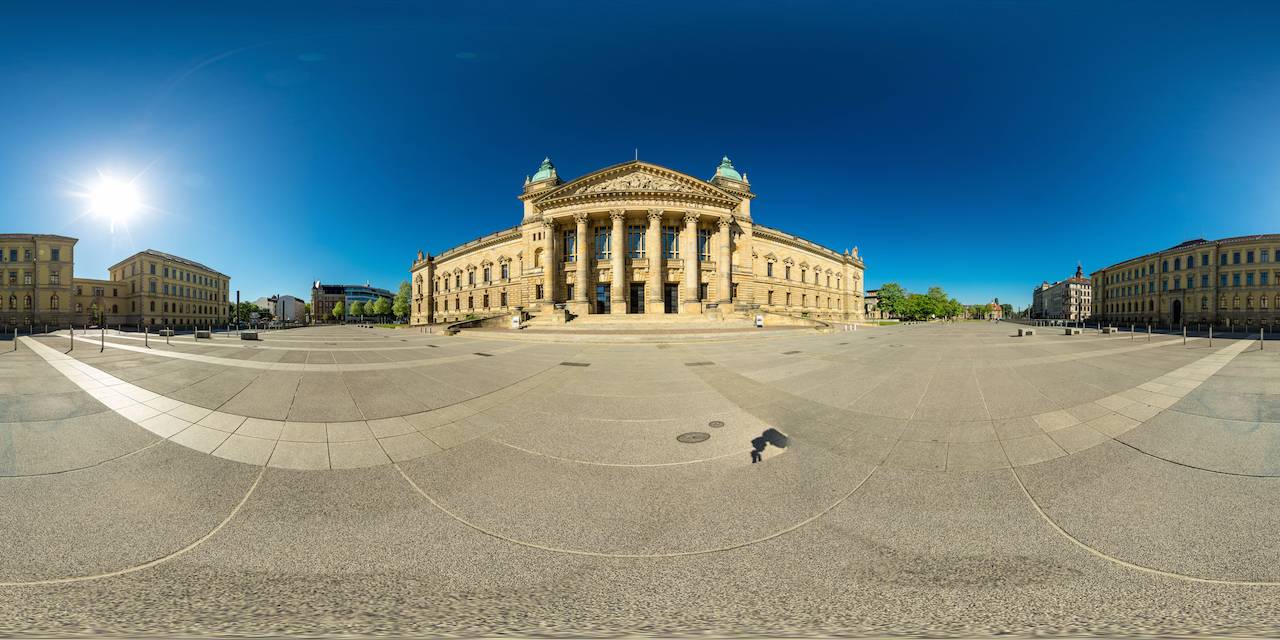
Aerial
Multi-resolution cube format.
Cube4 levels

Meteora Monasteries
Flat multi-resolution gigapixel image, contributed by George Palov.
Flat5 levels23552 px
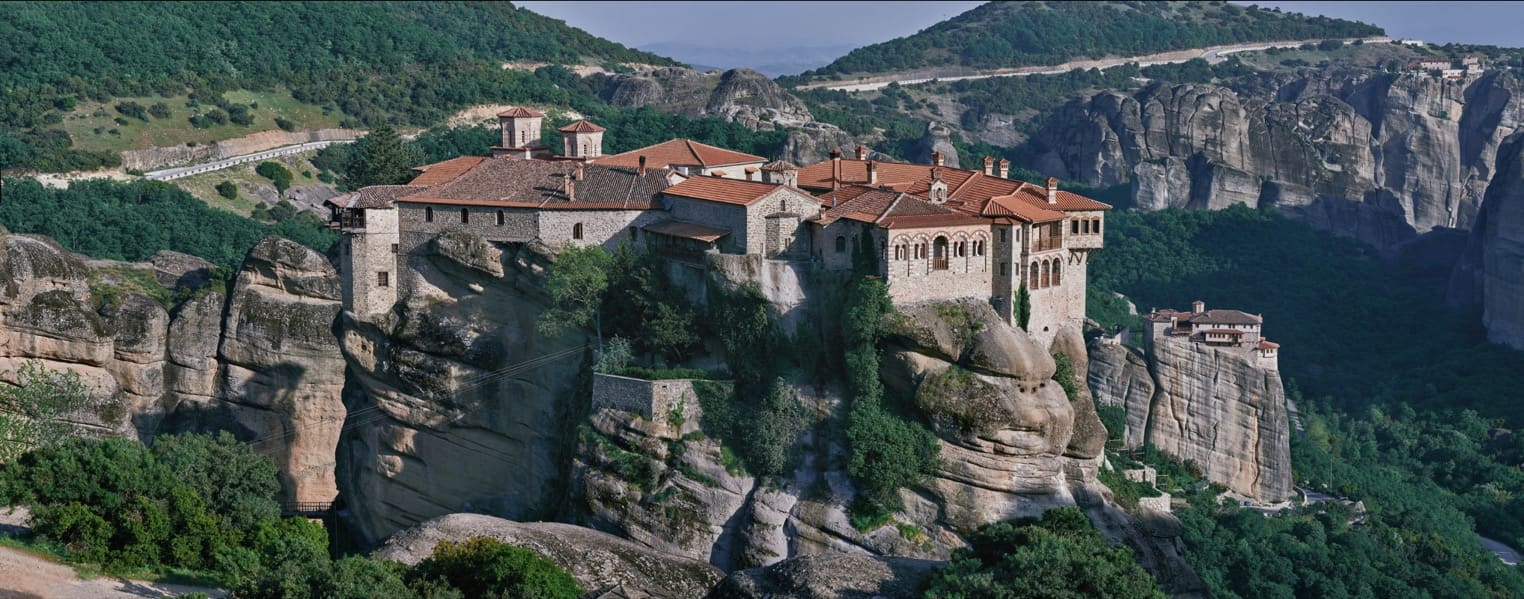
Rustic
Multi-resolution cube format.
Cube4 levels
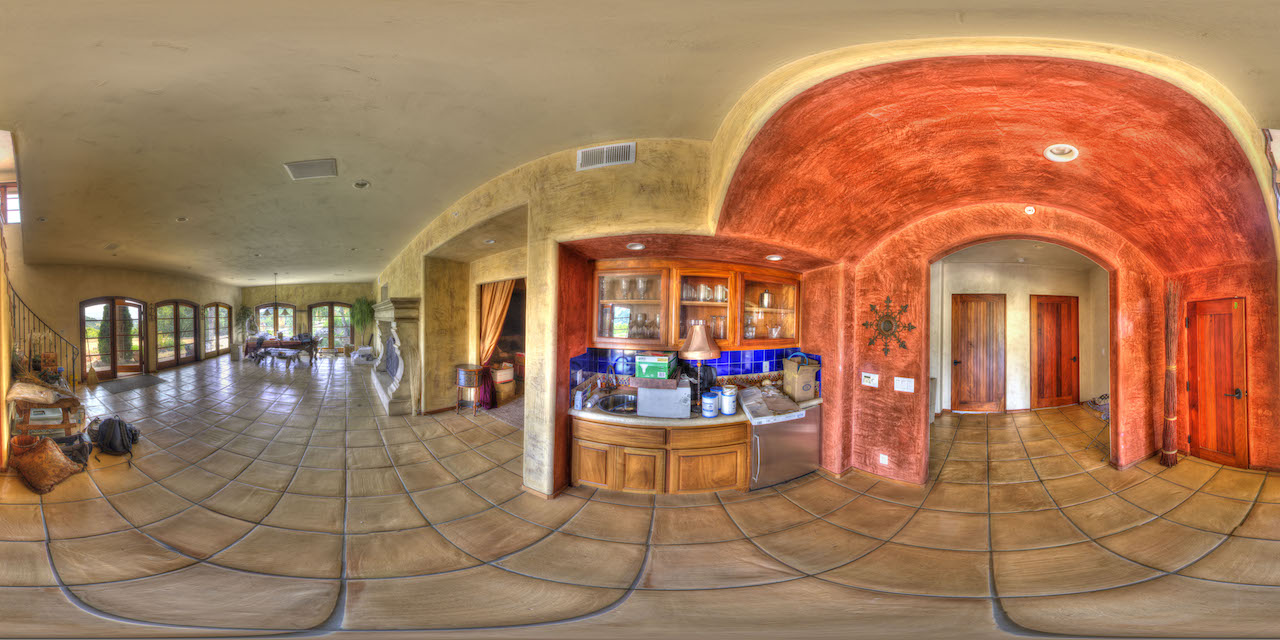
Sunset
Single-file equirectangular format.
Equirectangular8192 px3.2 mb

Louvre
Single-file equirectangular format.
Equirectangular4096 px1.0 mb

Dubrovnik
Single-file equirectangular format. Reasonable viewing quality with smaller image sizes.
Equirectangular3200 px912 kb

Ballroom large
